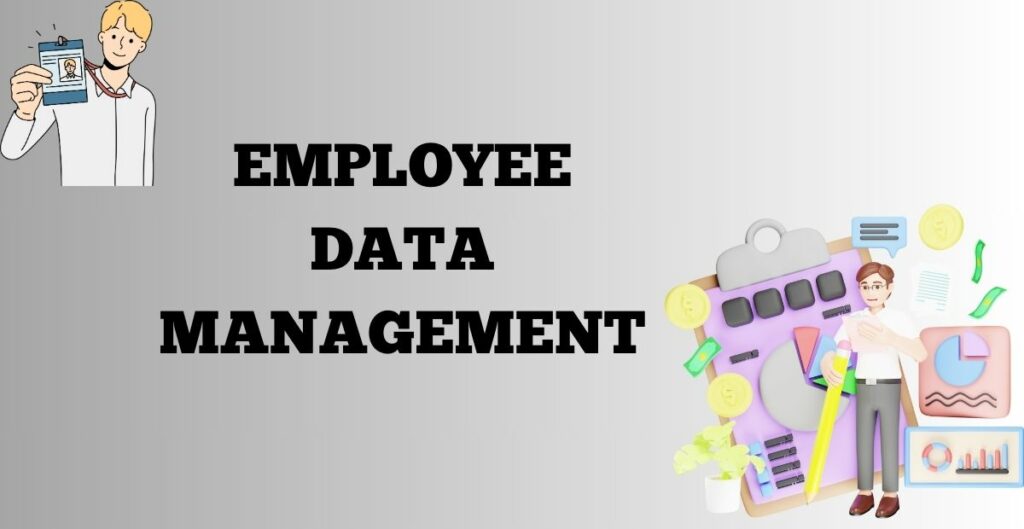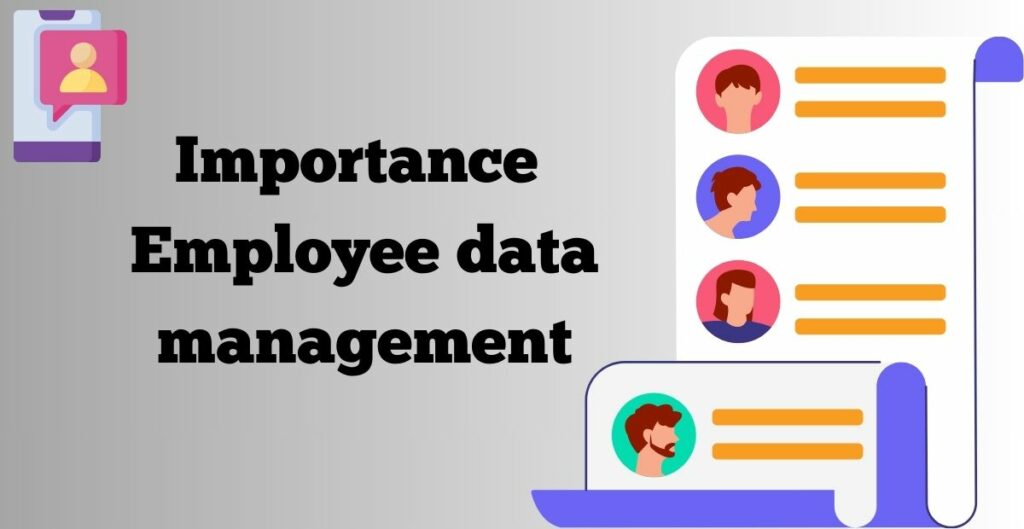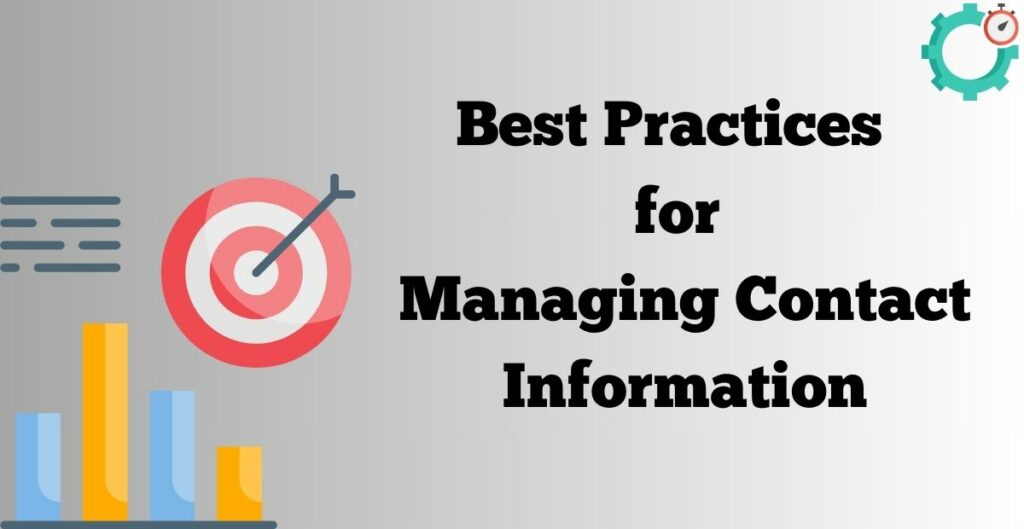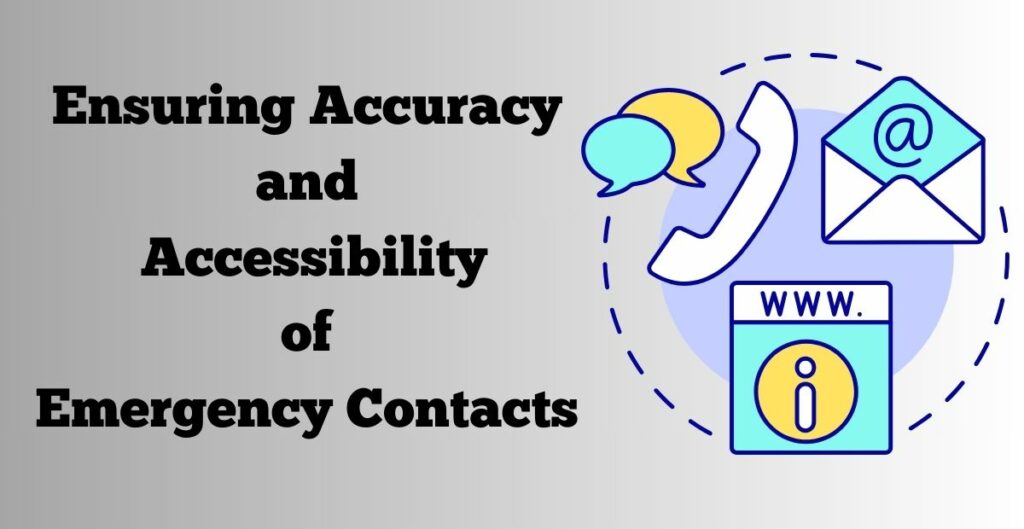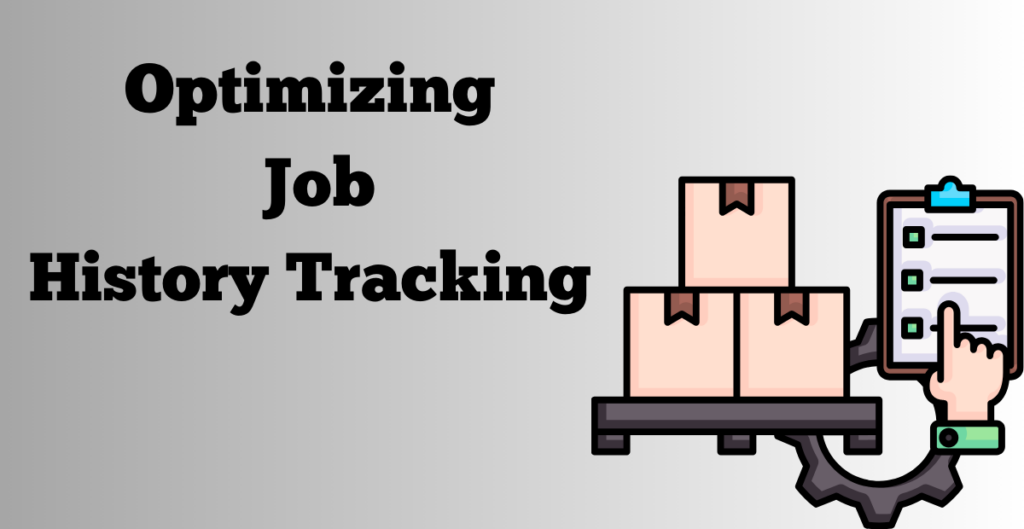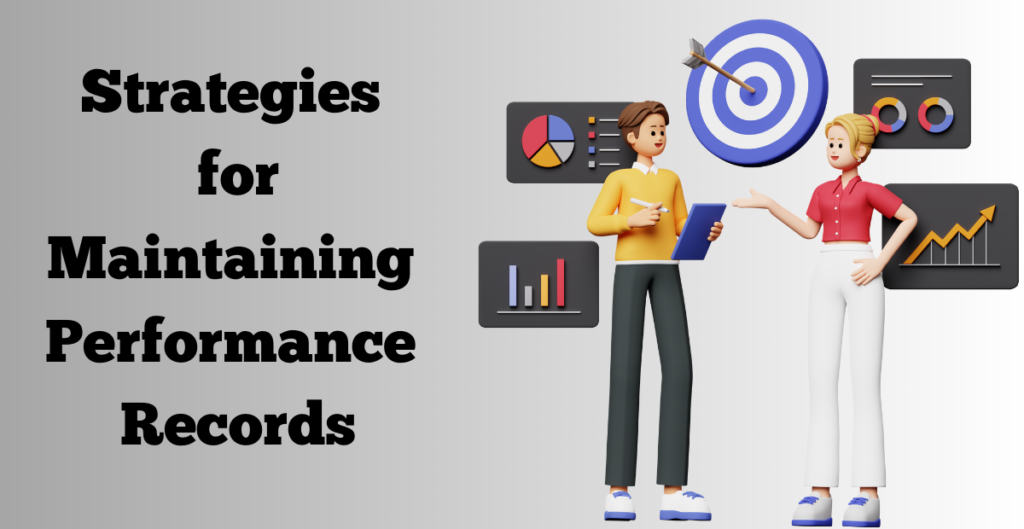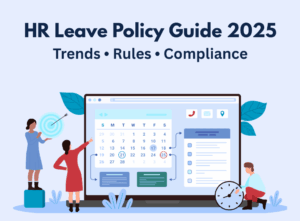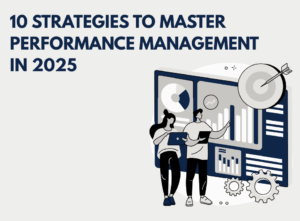Importance of Employee Data Management
Enhancing HR Management Efficiency:-
- Streamlined Decision Making: Detailed employee profiles cut down the length and complications of HR professionals‘ decision-making processes by allowing them to quickly get the information they want on each employee’s personal and professional backgrounds, skills, and qualifications.
- Effective Resource Allocation: Through the development of detailed profiles, HR departments can successfully direct human resources within the organization aptly by putting into use employees’ qualifications and competencies for the sake of the overall rationalization of the workforce potential.
Facilitating Talent Management
- Identification of Skills and Expertise: Personnel profiles are important archives of personnel information, which HR managers use in determining the right persons to be in different situations, positions, or departments, as they have the necessary expertise and experience.
- Tailored Career Development: Grasping the personal career objectives and competencies of an employee would enable a human resources (HR) professional to come up with targeted career development schemes that are consistent with employees’ goals as well as the CEO’s goals and level of engagement and retention.
Supporting Succession Planning:
- Identification of High-Potential Employees: Leadership succession is based on accurate employee profile development that allows managers to identify those who perform well and later can develop them as future leaders, which serves as the stabilization and continuation of any organizational goal.
- Preparedness for Key Personnel Changes: HR could use profile sheets to anticipate and mitigate any disruptions that can arise due to succession among retirees or promotions by reviewing the readiness of replacements
Enabling Performance Evaluation:
- Objective Performance Assessment: Profiles of staff members form a basis for making any assessment of this performance, which may be equitable since the HR representatives can see a selection of those tasks each staff member has executed and their records.
- Targeted Feedback and Development: Employing qualitative analyses feedback fills a gap of knowledge through the investigation of comprehensive profiles, which provides structures of assessment and development addressing strongly overlapping areas as per the employees’ professional performance and the organizations’ goals.
Ensuring Compliance and Data Security:
- Compliance with Regulations: It is possible to observe the policy of personal employee data protection, and be able to somehow record the data of the employees, correct it, and put in place adequate safeguards, with comprehensive employee profiles.
- Protection of Sensitive Data: This function gives HR professionals a chance to develop and implement reliable rules and policies to shield both employee privacy(through confidential information related to them) and their personal information from various forms of threats.
Enhancing Employee Engagement and Satisfaction:
- Personalized Employee Experience: Precise profiles provide HR departments with an opportunity to give a customized employee experience that comprises understanding one’s tastes, ambitions, and development requirements while making the person feel at home and creating a lasting mindset among employees.
- Recognition and Appreciation: HR teams can make use of the infinite possibilities provided by data from comprehensive profiles to observe employees’ contributions and achievements that might be previously ignored, consequently, the morale and motivation in the workforce can greatly improve.
Best Practices for Managing Contact Information
Significance of Accurate and Up-to-Date Contact Information:
- Communication Efficiency: Proper contact details are a guarantee of a quick communication process within workers, directors, and HR departments which helps respond to issues with urgency, updates, and emergencies.
- Emergency Preparedness: Readiness details, which have the phone numbers of employees in date, are very important to enable organizations to reach their workers quickly when there is an emergency or critical incident.
Guidance on Collecting, Storing, and Securing Contact Details:
- Collection Procedures: Set up a comprehensive protocol for acquiring personal data from an employee, which highlights the goal of collecting only the required data, and requiring consent from the employee, with clarity on how their data will be used and stored.
- Secure Storage: Make use of secured online data storage platforms or HR information systems (HRIS) in which you will use encryption as well as controls for access to prevent unauthorized individuals from accessing the important information.
- Data Protection Compliance: Apply the data protection regulations like GDPR or CCPA while acquiring, storing, and processing user data, give them clear explanations on the way you will be using their information, and opt-out options at their discretion.
Strategies for Ensuring Accessibility and Confidentiality:
- Access Controls: Introduce the principle of image-based roles & permissions to block out sensitive user account information by personnel of specific job descriptions to maintain other people’s privacy.
- Training and Awareness: Organize the training of staff and HR employees about the matter of protecting private information and compliance with data protection orders, paying special attention to the confidentiality of personal data and methods of information processing.
- Regular Audits and Monitoring: Carry out periodic checks of logs and monitor access to employee contacts, highlighting anywhere unauthorized access was performed or if some security risks were registered.
- Confidentiality Agreements: Signing the contract including the confidentiality agreement or non-disclosure agreement as the regulation to prevent the employee contact information exposure to unauthorized disclosure or misuse, both are recommended that employees and third-party vendors would do.
Proactive Measures for Data Security and Incident Response:
- Data Encryption: Crypt to employee contact data being transmitted besides being at rest to avoid interception or unauthorized access.
- Incident Response Plan: Create an all-encompassing incident response plan that emphasizes the corresponding response to data loss or a security incident involving the employee’s contact information, including notification routines and containment schemes.
- Regular Backups: Ascertain regular backups of all employee contacts to avoid data loss or get rid of corrupted data. This data availability as well as the integrity will be ensured as well.
- Continuous Improvement: Security practices and measures must be monitored continuously. Also, the risks of emerging threats and regulatory requirements must be addressed effectively and collaboratively.
Ensuring Accuracy and Accessibility of Emergency Contacts
Importance of Maintaining Accurate Emergency Contact Information:
- Employee Safety: Providing updated emergency contact information for employees, seriously gives the management, control of consequences or situations that can affect the whole company.
- Timely Assistance: Anytime an incident occurs that includes a crash, sickness, or any other issues or emergencies, being able to share the right contact details of relatives or nearest kin will help with immediate communication to get needed assistance.
- Legal Compliance: This way, a company not only complies with the legal requirements and responsibility of care towards employees but also stresses its capacity for efficient crisis management that makes it stand out. Even without serious accidents, this data will provide a basis for a medical record, which will be necessary in terms of containing the epidemic.
Methods for Verifying and Updating Emergency Contact Details:
- Regular Reviews: Carry out the recurrent checking of the emergency contact hardcopy of employees to ensure correctness and all-inclusiveness.
- Employee Self-Service: Install management self-service portals or forms where the employees can revise their emergency contacts data on keep so that the needed data will always be current.
- Annual Verification: Ask staff members who to contact in case of an emergency(answering these questions during performance evaluation annually or regularly to see if there is a need to update or share that information).
- Communication Channels: Apply the different means of communication i.e. email, internal portals, or mobile apps to remind employees about the procedure of updating their emergency contacts from time to time.
Role of Emergency Contact Information in Crisis Management and Employee Safety Protocols:
- Prompt Communication: Any updates to emergency contact information should be an immediate prompt to enable companies to quickly inform the designated contacts in case of a crisis or an emergency.
- Coordinated Response: Having updated emergency contacts means an opportune moment for the HR team together with managers to find ways of responding to the given emergency incident efficiently.
- Employee Reassurance: If the employees understand that every time they know that their emergency contacts are personally notified instantly further encourages employee sense of security.
- Compliance with Regulations: Having up-to-date Emergency Contact Info is usually a regulatory requirement to be at par with food sanitation standards and basic emergency administration.
Optimizing Job History Tracking
Benefits of Tracking and Managing Employees’ Job Histories:
- Strategic Workforce Planning: Running historical summary reports allows companies to spot historical employment patterns, draw conclusions, as well as to predict future workforce needs.
- Talent Management: The job history information used helps in identifying high-flyers, comes up for succession planning, and optimizes talent placement across the entire organization.
- Training and Development: Knowing what career path each employee follows provides us with an opportunity to form career growth and development programs that suit individual learning and ambition.
Informing Performance Evaluations and Career Development Discussions:
- Performance Insights: Through past roles and achievements employees gain knowledge of the things he or she is good at and doing poorly, which may help in setting up fair and unbiased performance evaluations.
- Career Pathing: The personal history record involves outlining career ways, setting reasonable targets, and is used for detecting the possibility of being promoted or a set of knowledge to be transferred within a firm.
- Recognition and Rewards: Understanding employees’ work and growth from the start brings the needful merging of company culture, morality, and motivation later on.
Effective Methods for Recording and Updating Job History Data:
- Centralized Database: Delegate the establishment of a single database or HRIS architecture empowered to register and trace employees’ history of jobs most consistently and accurately.
- Standardized Documentation: Tag standardized templates or forms for digital recording of job changes, promotions, and success stories to help ensure consistency and complete information.
- Regular Reviews: Include regular reviews and updating of job history data during performance evaluation or career development dialogues to ensure records are current and accurate. Conducting reviews regularly ensures that the records are always up to date.
- Employee Input: Motivate employees to take part in job description creation by providing such tools as the achievements, struggling, and aspired career components’ records.
Strategies for Maintaining Performance Records
Significance of Maintaining Comprehensive Performance Records:
- Data-driven Decisions: Detailed lists of achievements make the decisions about appointments, wage changes, and strategy choices of talent management more informed by facts instead of guesses and doubts.
- Legal Compliance: Keeping records of workers’ performance guarantees compliance with labour laws and regulations, and this, in turn, reduces the risk of cases related to performance and disciplinary actions getting to the court.
- Continuous Improvement: Performance records will play a key role in showing the most important examples, modes, and weak points of the organization to allow for striving to be better and better.
Best Practices for Recording Performance Evaluations and Feedback:
- Regular Feedback: Encourage the employer to make regular feedback sessions between employees and managers saying: this will provide ongoing performance guidance and also assistance.
- Documented Feedback: Write down constant performance feedback together with discussions, giving specific examples of confirmed issues, showing improvements, and adopting action plans.
- Objective Criteria: Objectivity and performance metrics should be used wherever possible to provide universal anchors and minimize inadvertent biases during assessments.
- Timely Documentation: Immediately note down and draft documentation of discussions and performance reviews right after the session is completed to emphasize the importance and improved recall of the information.
Goal-Setting and Performance Improvement Plans:
- SMART Goals: Encourage your employees to put up SMART (Specific, Measurable, Achievable, Relevant, and time-bound) objectives for the sake of the organization’s vision.
- Individual Development Plans: The joint staff should devise personal plans for employees who need extra help with their work, development, and keeping track of their progress.
- Regular Review and Adjustment: Review the performance improvement plans fine-tuning the goals subtly, mentoring the candidate, and giving feedback that will be sustained throughout the process.
How Accurate Performance Data Supports Fair Assessments and Employee Development
- Fair Assessments: Through the accurate information performance data gives, the basis of the assessments is fair and objective resulting in good achievements but no bias or personal views instead.
- Identifying Strengths and Areas for Improvement: By generating complete performance records one can find out the strong spots and weaknesses of an employee, which in turn, are used for designing the training programs giving rise to the development of the skills and capabilities.
- Career Development Opportunities: Performance data unpacks the promotional opportunities, education programs, and workforce planning that provide employees with the chance for career development and succession in the organization.
Strategies for Maintaining Performance Records
The main task of keeping an employee performance record is building tangible transparency, supporting employee growth and development, and strategic thinking in the organization. These are a set of tangible records that serve as the employee’s milestone to evaluate their progress in the organization which involves the achievements, points of improvement, and growth. Most importantly, the capabilities of performance records make it possible to see the employee’s impact on the organization’s success and the exploring of possible ways a lack of support or the lack of development can be addressed.
The proper procedures for the sessions of the performance evaluation are the preparation of metrics that are clear, measurable, and support the organization’s aims. Feedback exchange meetings between managers and employees encourage an environment of open communication and allow managers to discover employees’ accomplishments, problems with their projects, or areas that need improvement. Setting SMART (Specific, Measurable, Achievable, Relevant, Time-bound) goals is a focal part of any goals setting process, as it provides focus and measures progress so that we can track how we are performing concerning the defined objectives.
In addition, performance improvement plans should differ from one person to another and aim to navigate the skills and/or problems found in the performance reviews. These plans must be distinct, possess evident goals, have steps, and a time to review or track progress successfully. Feedback sessions and review sessions, which are done regularly, will help in assessing progress and provide that support to do well.
Precise performance data becomes the foundation of a transparent framework that grounds unbiased assessment of all members relying on measurement criteria instead of only on subjective judgment. A complete overview of an employee’s performance is supported by appropriate data and, therefore, it is possible to make informed decisions, such as promotions, improving compensation, or defining the succession of a particular group of employees. Moreover, it allows us to conduct precise position-based developmental programs focusing on specific employee skills and developing tailored career paths.
Integration of Employee Data Management Systems
Benefits of Integration with Other HR Systems for employee data management:
- Efficiency: Pick and fit employee data management systems with other HR systems like performance management or payroll which can save manual data entry with administration burden.
- Data Accuracy: Integration helps to achieve data integrity among different systems, thus reducing chances of data duplication, manual data entry counter errors, and data inconsistency.
- Enhanced Decision-Making: By achieving the task of collecting information pertinent to the employees from different systems, the organization will have a more comprehensive view of its workforce and thus will be able to base its talent management, performance assessments, and resource allocation decisions on informed decisions.
How Seamless Integration Improves Operations:
- Automated Workflows: Combining the processes allows us to automate onboarding, performance management, and other processes, such as payroll, resulting in a reduction of delays and efficiency improvement.
- Real-Time Updates: The effective functioning of the systems creates a smooth integration process and the real-time data updates and synchronization assures in that way the fact that information is always up to date and accessible when it is needed.
- Data Consistency: Integrating the systems enables a transparent and precise flow of employee data within the organization that helps to avoid manual reconciliation errors and, as a result, data cleaning.
Examples of Successful Integration:
- Performance Management Integration: Mixing in employee data management systems with performance management platforms gives the ability to move data globally (such as employee information, performance metrics, and feedback) which forms complete performance evaluations and development planning.
- Payroll Integration: The employee data management systems’ incorporation into payroll systems can facilitate the error-less and on-time processing of payrolls, resulting in the automation of tasks such as manual data entry and reconciliation.
Considerations for Implementing Integrated HRIS Solutions:
- Compatibility: Make sure that the employee data management system is compatible with other HR systems and able to support all types of integration processes that are out-of-the-box.
- Data Security: Strengthen security protocols during aggregation to combat the stealing of confidential employee data such as encryption, access controls, and periodic security checkups.
- User Training: To ensure the efficient use of the HR systems it is essential to eliminate end-users and HR staff training barriers through guidelines of how the HR systems can be used effectively.
- Scalability: Decide on an HRIS that can grow with more new hires, onboarding foreign workers, and more departments joining the company.
